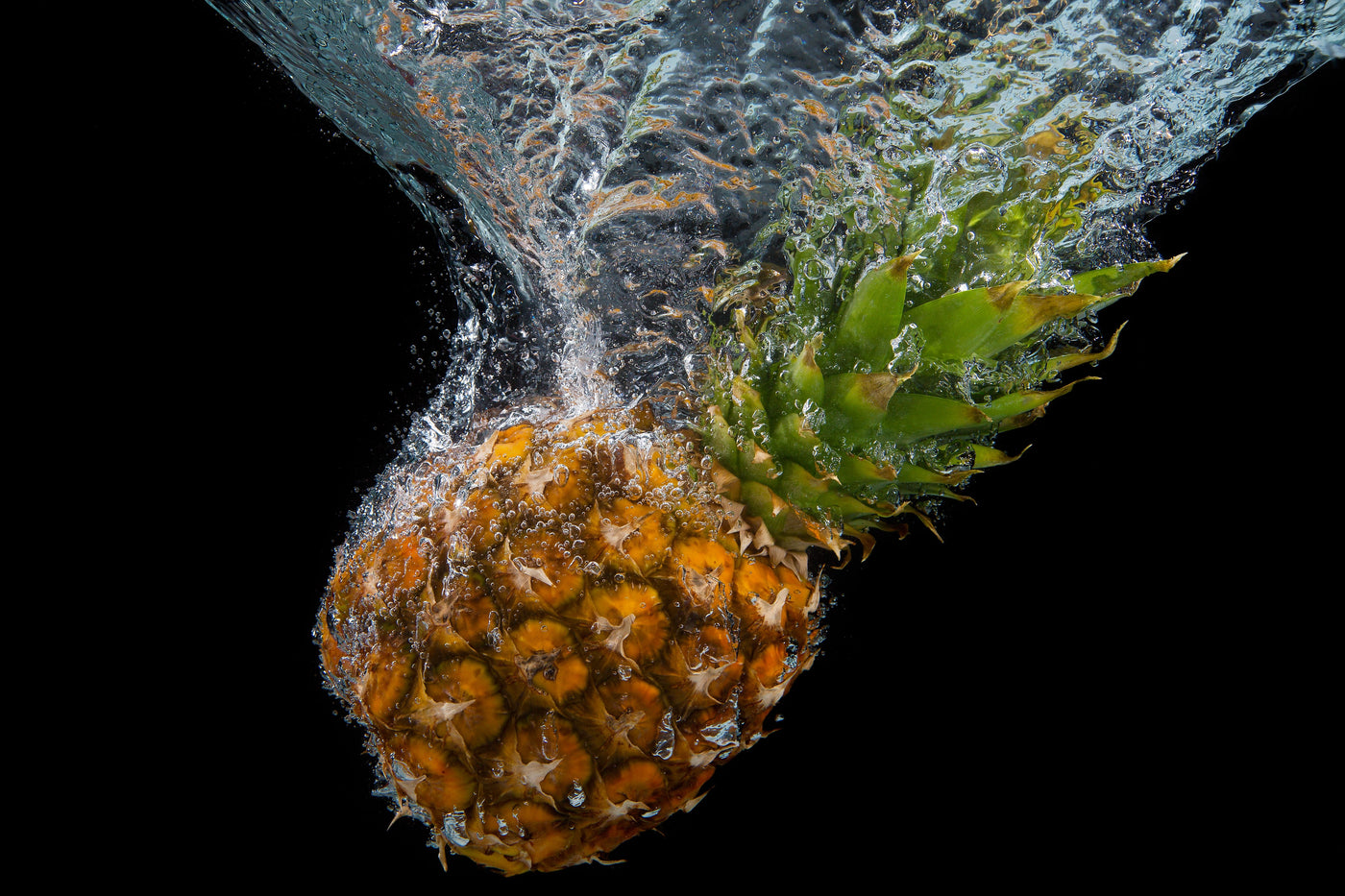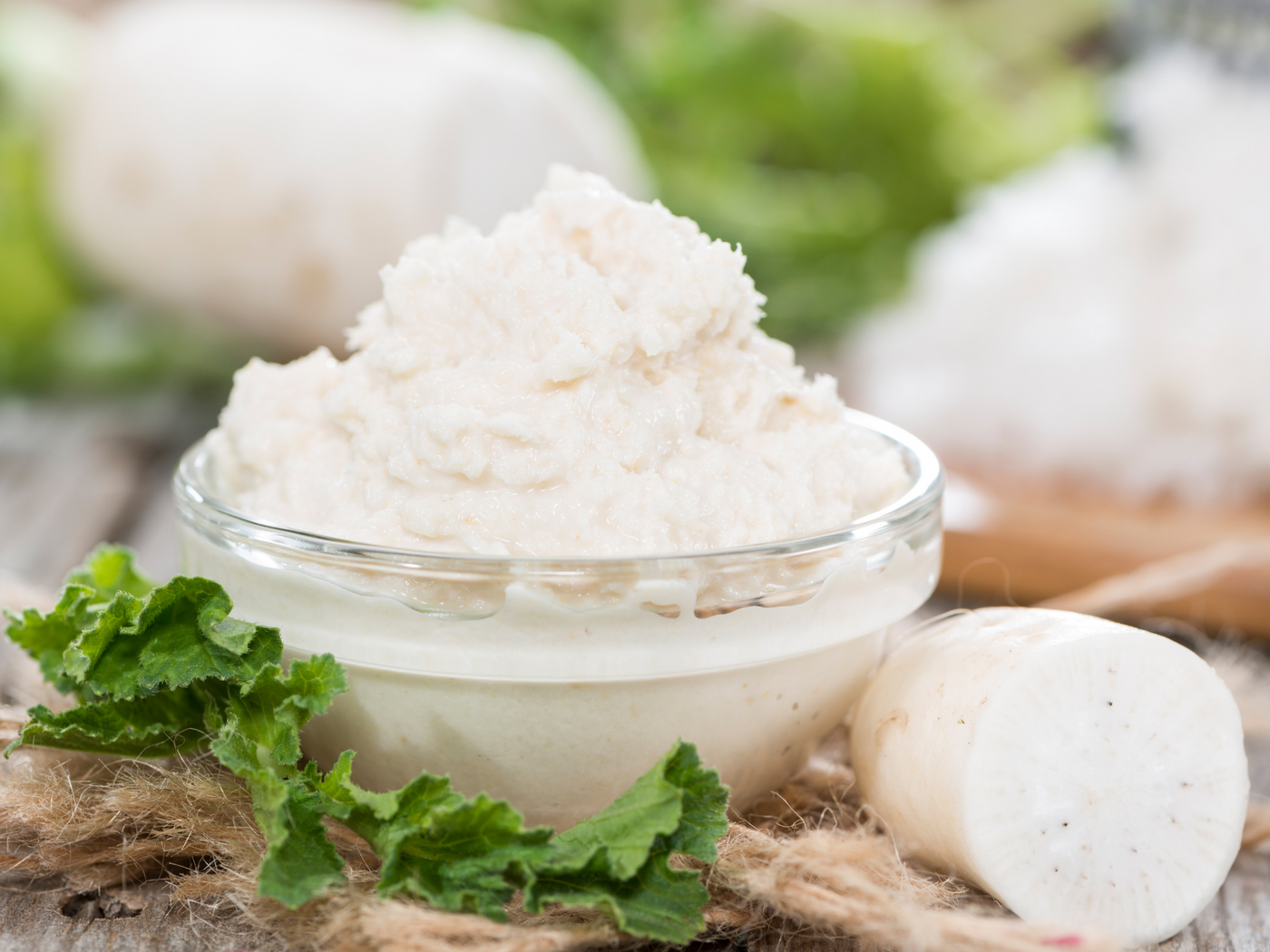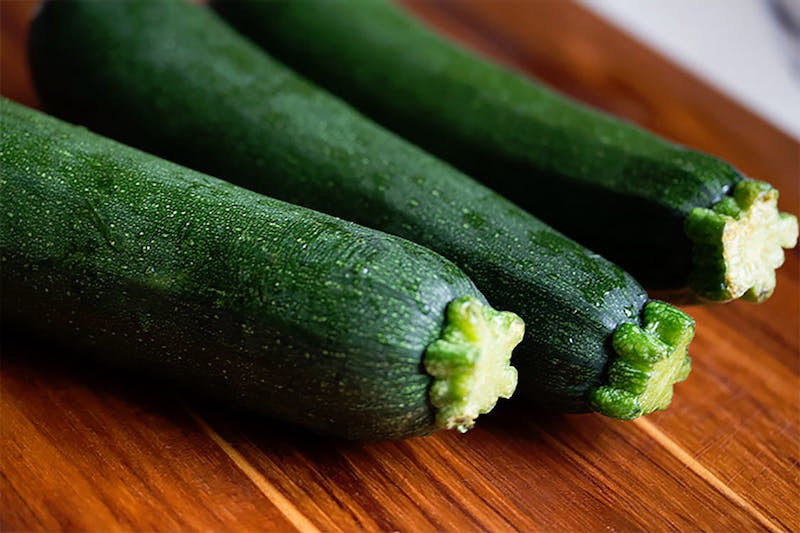Fibro Fix Blog — vitamin c

Pineapples – Off-the-Charts Refreshing 0
Pineapple is a good source of vitamin C and manganese, and a 100-gram serving of pineapple (approximately 3.5 ounces) provides just 12 grams of carbohydrate (8 grams of sugar), with an overall very low glycemic load.- David Brady
- Tags: ketogenic diet low carb pineapple vitamin c

Horseradish – The Potent, Pungent Root Vegetable 0
Horseradish is similar to garlic, another sulfur-containing food that has numerous medicinal properties including anti-inflammatory properties.- David Brady
- Tags: anti-inflammatory health benefits Horseradish vitamin c

Nutrients for Sun-Damaged Skin 0
- David Brady
- Tags: functional medicine skin skin damage skin health vitamin A vitamin C wellness and prevention

ZUCCHINI – YOUR NEW BEST FRIEND? 0
If you live in a farming community or have friends and neighbors who garden, you’ve probably been the lucky recipient of their surplus zucchini. The summer sun seems to make zucchini multiply inexplicably and prolifically, such that growers will look to foist their harvest on anyone and everyone they can.
But rather than bemoan the endless supply of this underrated vegetable, consider it a boon for a healthy diet. If you’re watching your carbohydrate intake, but find yourself missing your favorite pasta and noodle dishes, zucchini is your new best friend. If you can get your hands on a spiral slicing gadget—or can spare the time to cut long, thin strips by hand—the abundant supply of zucchini summer brings can be transformed into “zoodles,” which you can use to recreate spaghetti and meatballs, pad thai, and other dishes you might be craving, with the benefit of keeping things low-carb, gluten-free, or Paleo-compliant.
Zucchini belongs to the botanical family Cucurbitaceae, which includes many familiar summer and winter squashes and gourds, such as yellow, crookneck, delicata and acorn squash, pumpkins, watermelon, cucumbers and ornamental gourds.
Zucchini is a great addition to both omnivorous and vegetarian diets. It’s a good source of vitamins C and B6, riboflavin, vitamin A precursors, potassium, and manganese. It’s high in the carotenoid lutein, which is beneficial for eye health. Since lutein is a fat-soluble compound, and the body absorbs it better with a little bit of fat, it’s not a bad idea to add a pat of rich, yellow summer butter to steamed zucchini, or toss a pile of zucchini noodles with olive oil and garlic. Great side dishes for an outdoor dinner in the warm weather!
Zucchini is very low in carbohydrate, with a glycemic index that is practically negligible. It’s a good choice for filling a plate without racking up high calorie levels, although excess consumption can potentially lead to unpleasant gastrointestinal side effects. Part of this is due to the fiber content of this non-starchy vegetable, but another reason is that during storage and shipping, the carbohydrate content of zucchini changes a bit. One of the compounds that increases upon storage is raffinose. Raffinose belongs to the FODMAP category—fermentable, oligo-, di- and mono-saccharides and polyols. It’s an oligosaccharide that the human body lacks the enzyme to break down, so consumption of high amounts can result in gas and bloating.
With the growing popularity of “nose-to-tail” cooking for making use of all parts of animal foods, we shouldn’t forget that the same philosophy can be applied to vegetables. The yellow zucchini flowers that accompany each squash make a wonderful appetizer or side dish. A classic way to prepare these flowers is to stuff them with ricotta or goat cheese and fry them. Making zucchini bread or muffins is a good way to sneak these vegetables into unsuspecting children, and for those watching their starch intake, zucchini can be stuffed with an endless variety of toppings, including tomato sauce, olives, and fresh cheese, lending a pizza flavor, minus the dense bread base. Another way to make use of the avalanche of zucchini in summer is by preserving it, such as in relish, or simply blanching it and freezing it for winter. Dehydrating is another option, with crispy zucchini chips making a great, healthy snack for kids and adults alike.
Sources
- Sommerburg O, Keunen J, Bird A, van Kuijk FJGM. Fruits and vegetables that are sources for lutein and zeaxanthin: the macular pigment in human eyes. The British Journal of Ophthalmology. 1998;82(8):907-910.
- Mildred E. Mathias Botanical Garden. UCLA. Economic Botany. Cucurbitaceae.
